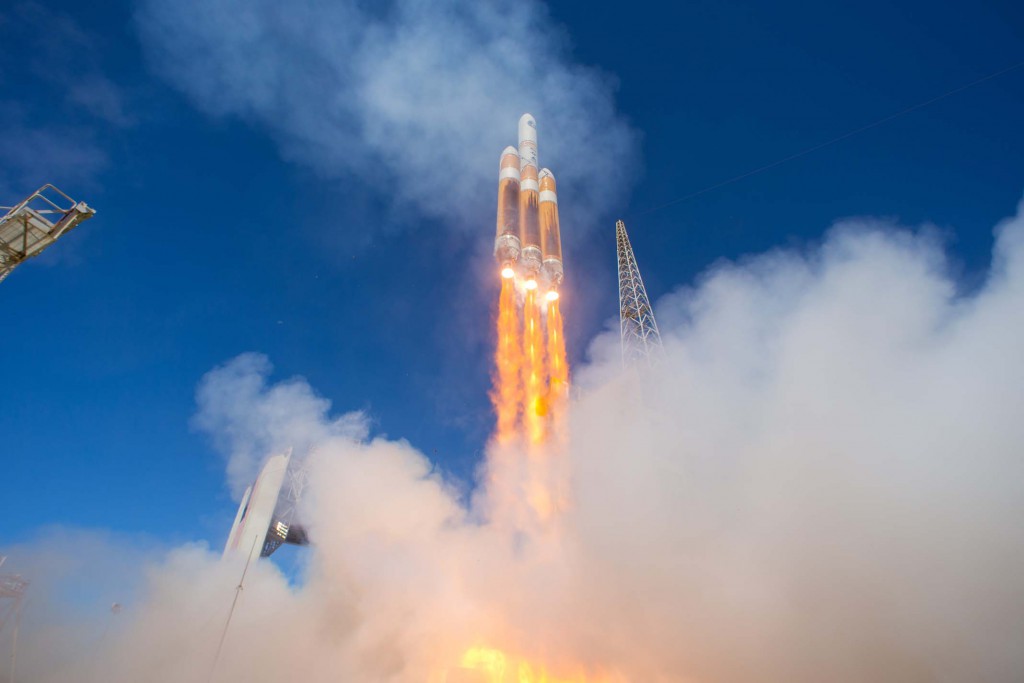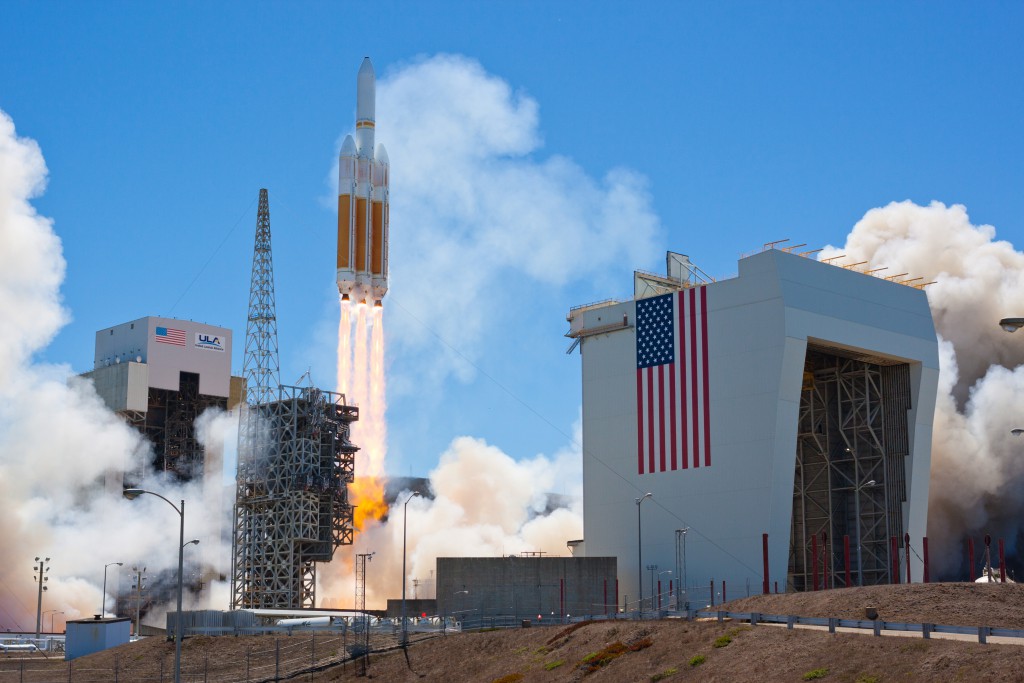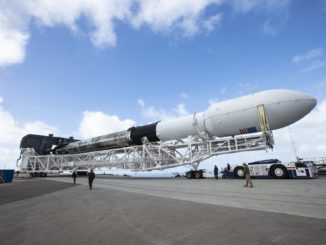
CAPE CANAVERAL — The covert follow-on satellite program that will serve as a replacement to the nation’s surveillance “eyes” from space begins launching in 2018 from Vandenberg Air Force Base in California.
A United Launch Alliance Delta 4-Heavy rocket will deploy the massive payload for the U.S. National Reconnaissance Office in a mission known simply as NROL-71 from Vandenberg’s Space Launch Complex 6.
The NRO develops and operates the country’s fleet of spy satellites, and the upcoming NROL-71 will take the next step in fielding electro-optical imaging craft.
The sophisticated bird will continue a long line of Keyhole-type spacecraft that provide ultra-high resolution imagery for the U.S. intelligence community, according to hobbyists who track orbiting satellites with remarkable precision.
The telescope-like Keyhole satellites circle the planet in elliptical polar orbits and collect pictures for U.S. national security uses. Lockheed Martin is the long-running marker of such optical satellites.
Experts believe the primary mirror is 2.4 meters in diameter, identical to the mirror size inside the Hubble Space Telescope, which Lockheed Martin derived from the KH-11 spy satellites.
There have been 16 such KH-11 launches since 1976, all but one successfully reaching orbit, said Ted Molczan, a respected observer who keeps tabs on orbiting spacecraft.
(ULA highlights from 2013 Delta 4-Heavy launch)
Delta 4-Heavy rockets launched two “gap-filler” satellites of this type from Vandenberg in 2011 and 2013, codenamed USA 224 and USA 245, taking over the primary KH-11 East and West spacecraft roles that had been filled in 2001 and 2005 by Titan 4 rockets, codenames USA 161 and USA 186, respectively.
All four satellites remain in operation today, with the two Delta 4-Heavy payloads in the typical, elliptical orbits used by KH-11 and the Titan 4 craft repositioned into fuel-hungry, circular orbits that could be a clue to the operating scheme of the future follow-on series.
“USA 161 and USA 186 remain in orbit, but they significantly reduced their mean altitude since their replacements were launched, which may offer a preview of what to expect from the next-generation spacecraft,” Molczan said. “These more circular orbits offer more consistent resolution during each revolution, at the expense of greater drag, which requires more fuel for altitude maintenance.”
The Delta-launched satellites were considered “gap-fillers” after the NRO was forced to cancel the optical portion of its Future Imagery Architecture program that had been awarded to Boeing in 1999. The optical satellites were supposed to be smaller craft to launch on less-powerful rockets.

But after delays, technical snags and budget overruns, the NRO scrapped Boeing’s optical contract and awarded Lockheed Martin a deal to make two more of its proven KH-11 spy birds.
Now, the first successor to the 2011 and 2013 satellites has begun to pop up on schedules. Lockheed Martin is the builder of the follow-on system, too, receiving a multi-billion dollar order to begin construction in 2012.
“I speculate that the next-generation spacecraft may be designed to take full advantage of the performance of the Delta 4-Heavy, to carry a much greater fuel load than was possible with the Titan 3 and 4 rockets used to launch the previous generations. That would enable them to adopt the present orbits of USA 161 and USA 186 as the new KH-11 standard,” said Molczan.



